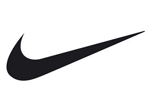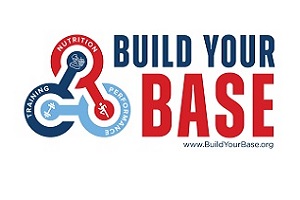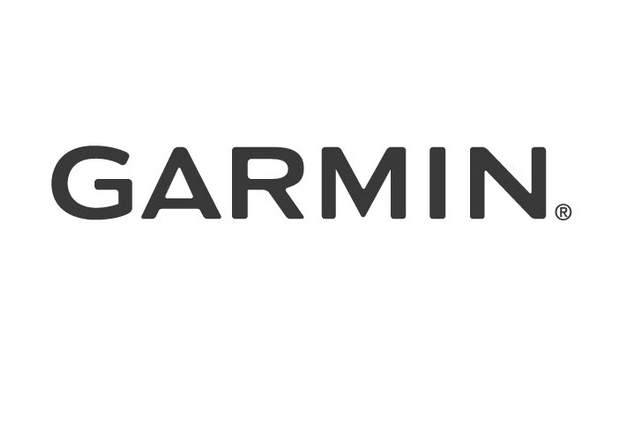Where Are They Now? Erin Finn, 5k champ & record-setter, launches Out of the RED-S
Erin Finn had an outstanding career as a high school and collegiate distance runner; first, for West Bloomfield HS during 2009-13, and then at the University of Michigan from 2013-19. The former was filled with numerous state titles, national class performances and All-American finishes – with perhaps the greatest peak coming with her national record 16:19.69 5,000m victory at the NSAF’s 2012 NB Nationals Indoor.
 Then while at U-M, Finn ran to 10 Big Ten individual titles and was a 9-time NCAA All-American, including a combined four NCAA runner-up finishes in XC (2016) and indoor track (2016-17). She also won two gold medals for Team USA in NACAC T&F and XC Championships and represented the U.S. at the IAAF World XC Champs in 2013.
Then while at U-M, Finn ran to 10 Big Ten individual titles and was a 9-time NCAA All-American, including a combined four NCAA runner-up finishes in XC (2016) and indoor track (2016-17). She also won two gold medals for Team USA in NACAC T&F and XC Championships and represented the U.S. at the IAAF World XC Champs in 2013.
Yet, despite all of those great experiences and memories, Finn has an overriding sense of what could have been. “I think I left a lot on the table in terms of my athletic ability,” she says now, still engaged in a journey to figure out her story. “I know that I missed out on some of my success because I was injured; looking back, I didn't progress over season like I should have. I would always come in guns a-blazing. I think a large part of that was during less intense summer training, when I would also have more time, my fueling was more adequate. I didn't match that as the season went on, and I paid for that with injury and not as robust a training response as I would have hoped.”
These experiences are a big part of what has inspired a major mission that Finn embraces today, ultimately inspiring her to launch Out of the RED-S (https://www.outofthered-s.com/). During her years of study at U-M – as she has earned her B.S. in Biochemistry, her M.P.H. in Epidemiology and is almost finished with her M.D. – she has learned things that have not only informed her understanding of her own running outcomes, but have made her realize how many others are dealing with the same issues and how she is in a unique position to help them.
RED-S is the acronym for Relative Energy Deficiency in Sport and, says Finn, it’s “essentially an expansion of the Female Triad that recognizes that there are far more bodily systems involved than just bones and menstrual health and eating, and that low energy intake, whether that be unintentional and inadvertent undereating, all along the continuum to an eating disorder, can affect all sorts of metabolic health. It can affect your ability to recover from training, and your injury health beyond just bone. It can affect risk for a variety of different injuries, GI system issue, psychological issues and so much more. There’s such a widespread impact on the body when it doesn’t get enough energy.”
Basically, RED-S has taken an understanding of how body fueling and nutritional intake, or the lack thereof, has an all-encompassing effect on virtually every bodily system, and just how vitally important proper fueling is for runners to be able to train and perform. And, as Finn points out, it’s not just girls and women. “Men have been forgotten in this conversation for so long, just because they don't have not same manifestations of disease.”
It was when Finn was a grad student in U-M’s School of Public Health, studying Epidemiology, that she was involved with studies that figuratively made the light bulb come on regarding her capacity to create such a mission for herself. “We did some work in self-reported low iron levels as a proxy for low energy availability,” she recalls. “It was an interesting relationship to explore.” As the research confirmed some of what she suspected, she found herself being spurred on to dive deeper and recognize that she could with her work and experience create a bridge between the science and her own running story, and that it would put her “in a unique position to really be able to help. I just feel called just to help other women avoid the mistakes I've made and just continue to make sure I'm feeling well myself.”
Finn’s new and ever-growing website invites users to engage with a video series she’s created to arm them with knowledge about RED-S, stories from other athletes to forge a personal connection, and a toolkit of other resources to springboard them forward to becoming the strongest, healthiest, and best athlete they can be, both in the short- and long-term. It encourages them to become part of a community of athletes taking advantage of fueling well and tapping into the best versions of themselves.
The toolkit of available resources is ever-growing as knowledge of RED-S expands in the running community and beyond. One major link Finn’s site provides is to the Boston Children’s Hospital, which provides a definitive explanation of RED-S that is extremely useful as a foundation for what she provides within the site.
Finn feels the running community is “moving in the right direction” with recognition, understanding and treatment of RED-S related issues. She notes elite runners who have shared their stories, such as Molly Seidel, Lauren Fleshman and Jake Riley, and says she’s “very impressed by some of the outspoken female coaches in the NCAA who recognize these problems and are doing everything on their teams to prevent them from ever happening in the first place. Culture coming from the coaches is instrumental, championing what healthy habits are for long-term sustainable performance.”
However, she adds, “There is still a long way to go. There are still many athletes who are suffering from this. What about the sub-elite levels and the high school level, where athletes are trying to get to a state championship? I think that those people are just as important to reach. We need coaches aware of it then as well, not just at the collegiate levels. It’s important to disseminate knowledge to everyone.”
Finn also notes the challenges that come from when the larger societal culture, beyond distance running, “champions undereating and very thin body types as opposed to what a body can do. It's really a systemic cultural issue that needs to be combated.”
But Finn knows that she and others who carry the message of literally getting out of the RED-S cannot wait for the larger culture. “We need the revolution to come from within the running community instead of expecting it to come from outside of it.”




